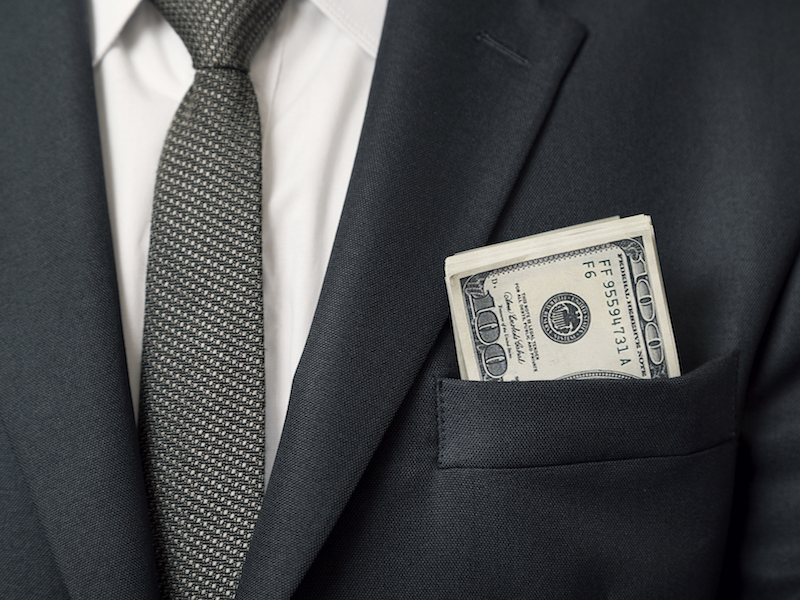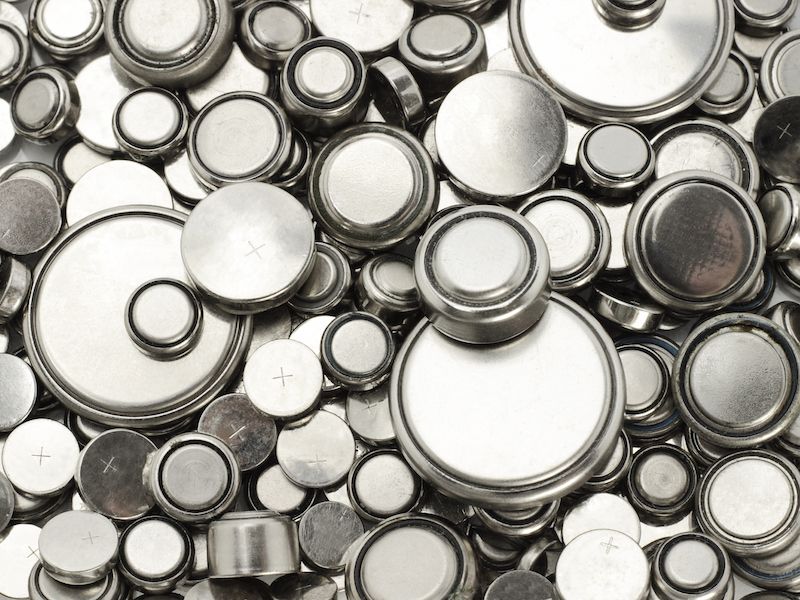You’ve got a set of new hearing aids. Congratulations, it’s a great start to improving the quality of your life. There is a lot to learn when you buy new technology like modern hearing aids, and that includes the things you shouldn’t do. It’s not a long list with hearing aids, but it is an […]
Read More… from 4 Mistakes New Hearing Aid Owners Make (and How to Avoid Them)
Keep Reading...4 Mistakes New Hearing Aid Owners Make (and How to Avoid Them)


